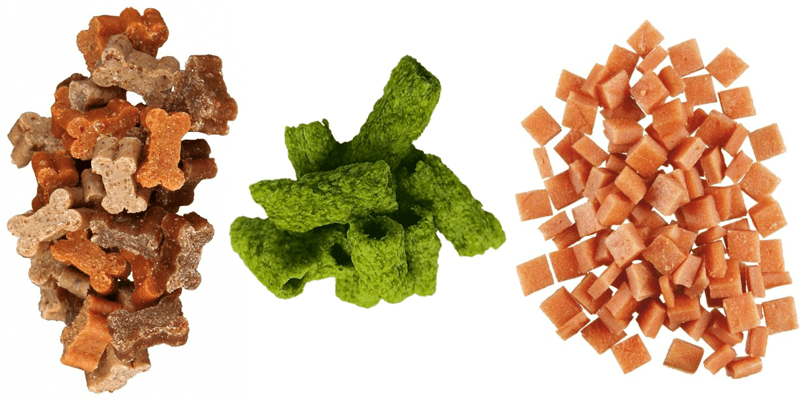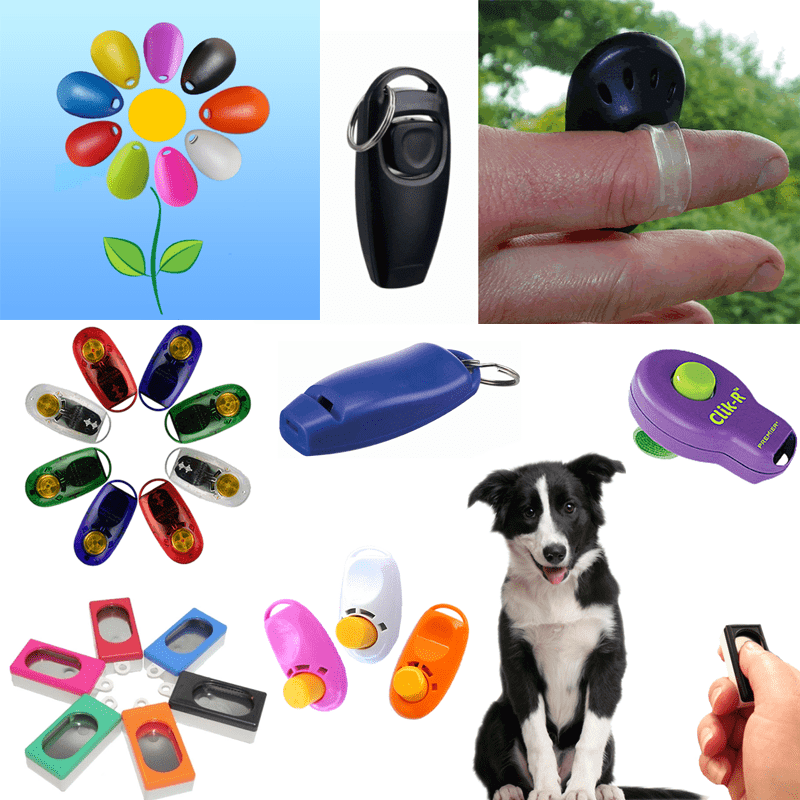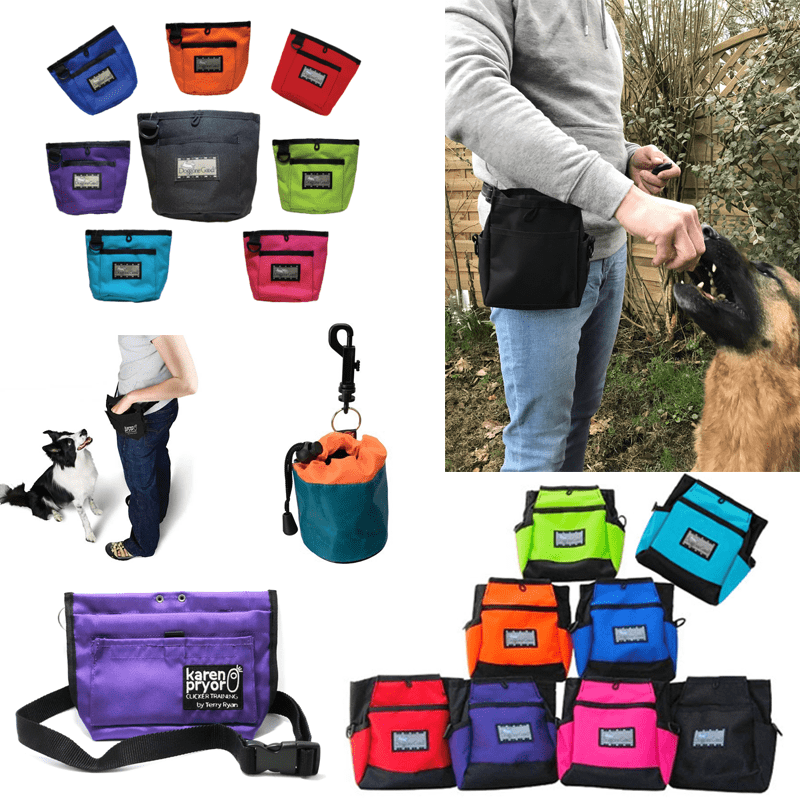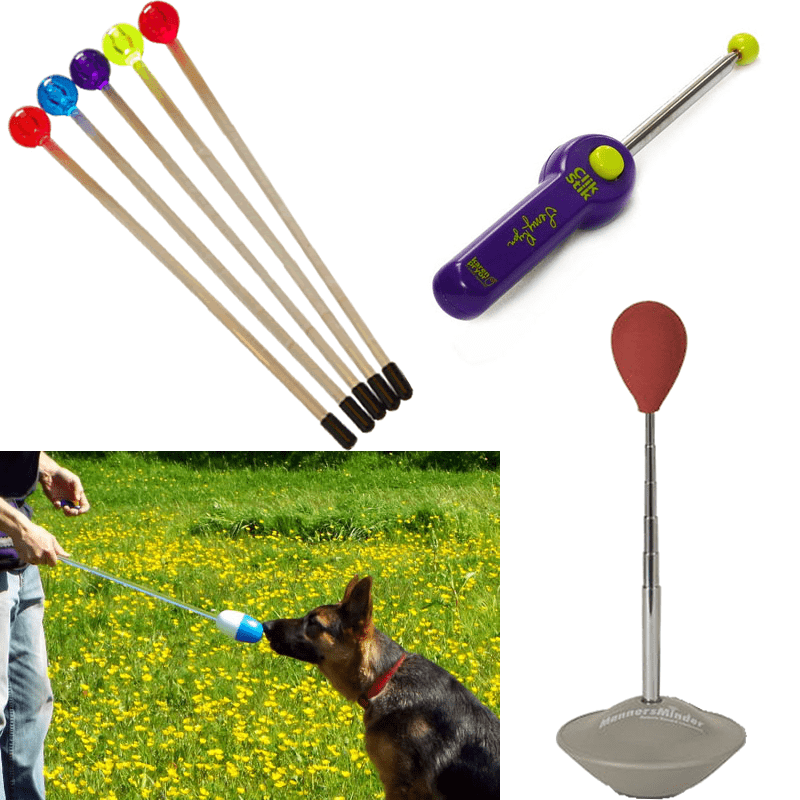What is Positive Reinforcement?
Positive reinforcement is a popular and effective training method for dogs, cats, horses, and just about any living, breathing creature. It involves rewarding the animal for desirable behaviours, rather than punishing them for undesirable behaviours. This type of training has become increasingly popular in recent years as more people have become aware of its effectiveness and its benefits over other training methods.
One of the key elements of positive reinforcement training is the use of treats as rewards. Treats can motivate the animal to perform a desired behaviour and help reinforce that behaviour. For example, if you want your dog to sit on command, you can reward them with a treat every time they successfully sit. Over time, your dog will learn that sitting is a behaviour that results in a reward, and they will be more likely to sit on command in the future.
Using Rewards Effectively
When using treats as rewards, choosing healthy and appealing treats is essential. For dogs, this might include small pieces of cooked chicken or cheese. For cats, it might be small pieces of tuna or salmon. Horses may enjoy carrot pieces or apple slices as treats. It is important to ensure that the treats are tiny and can be devoured quickly to keep the training momentum going. Making the treats part of your animal’s overall diet is also advisable to avoid weight gain.

Clickers are often associated with positive reinforcement training
To make it easy to carry and get access to treats during training, many trainers use treat bags. These pouches can be attached to your belt or waistband and used to hold treats. This lets you quickly and easily reward your animal during training sessions without fumbling with a bag of goodies.
Another tool that is commonly used in positive reinforcement training is a clicker. A clicker is a small device that makes a clicking sound when pressed. The sound marks the desired behaviour, letting the animal know that they have done something right and that a reward is coming. Clickers are particularly useful as they give instant feedback, marking the moment when the task is completed successfully, i.e., if you’re asking for a sit, click when the bottom touches the ground.
Reward Good Behaviour
Reward-based training is about reinforcing positive behaviours, rather than punishing negative ones. This means that when your animal does something wrong, you should focus on redirecting their behaviour, rather than punishing them. For example, suppose your dog is jumping up on people. In that case, you might redirect their behaviour by asking them to sit instead. You can reward them with a treat when they sit, reinforcing the desired behaviour.
Tools of the Trade
In addition to treats and clickers, there are a variety of other rewards that can be used in positive reinforcement training. For example, praise and affection are powerful rewards that can be used to reinforce good behaviour. Also, many pets respond well to toys. So you might reward them with a treat, a word of praise, or a throw of their favourite ball, letting them know that they have done something good.
Positive reinforcement training can teach a wide variety of behaviours, from basic commands like “sit” and “stay” to more advanced behaviours like agility training and obedience competitions. The key is to be consistent and patient, rewarding your animal for the behaviours you want them to exhibit and redirecting their behaviour when they do something wrong.
Building a Bond
One of the benefits of positive reinforcement training is that it helps to build a stronger bond between you and your animal. By focusing on positive behaviours and rewarding your animal for good behaviour, you build trust and strengthen your relationship. This can lead to a happier, healthier, and more well-behaved animal.
“With clicker training I feel that there is no longer any barrier between me and my dog – we now speak the same language”
A Trained Dog is a Happy, More Confident Dog
In conclusion, positive reinforcement training is a highly effective training method that can be used to train dogs, cats, and horses, to name the obvious ones. It involves rewarding the animal for desirable behaviours, rather than punishing them for undesirable behaviours. Clickers, target sticks, and treat bags are all useful tools. In addition, treats, toys, praise, and other rewards can motivate and reinforce positive behaviours. By using positive reinforcement training, you can build a stronger bond with your animal and help them become happier, healthier, and better behaved.

Create a special bond with your pet




